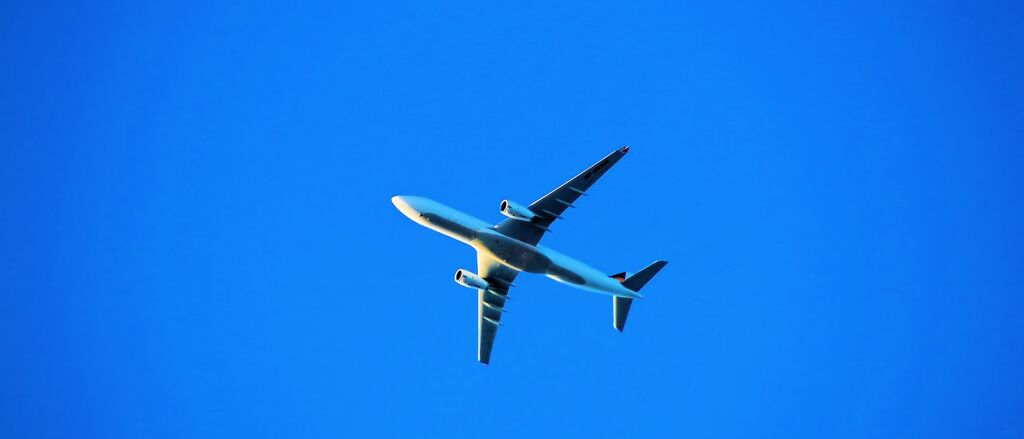
Shortcuts in the air? How airlines minimise their delay
Tuesday, November 28, 2017
We here at Flight-Delayed.com receive many a claim that we sadly cannot accept due to an insufficient amount of time in regards to the length of the flight delay. While it often happens that a flight is delayed by more than three hours at departure, compensation is only due when the flight is delayed by more than this duration on arrival. In fact, according to the European regulation, even one minute can be crucial to whether a passenger is entitled to compensation or not. It is only when the exit door of the aircraft is opened, at least three hours after the scheduled arrival time, that passengers can claim for compensation. This compensation can amount to a minimum of £223.00 up to £536.00 per person.
Airlines are obviously well aware of the specific rules set in place concerning passenger rights and have different strategies that they use to get to their destination as swiftly as possible. Despite the frustration of waiting at the gate, or even worse, aboard the plane itself, pilots have tricks to minimise the total delay at arrival in order to avoid paying compensation.

Many may think that the simplest way of getting to a destination quicker would be to merely put the pedal to the metal, however shockingly enough, this is not what typically happens. This plan would namely result in drastic fuel consumption and as a consequence lead to an even greater risk; the plane not being able to get to its final destination, especially in the case of long-haul flights.
The secret to reducing travel times on the other hand, just like in life, is to take some shortcuts. Since airplanes do not take a predetermined straight path, but rather follow imaginary points similar to ‘Connect the Dots,’ they can easily divert from their regular route. Upon asking the Air Traffic Control for approval, pilots are able to bypass a few of the points, and decrease the total delay. However even with this strategy, it is not always possible to predict the atmospheric conditions and willingness of the Air Traffic Control to cooperate. That is why in most cases, the chances of the airline significantly reducing the length of the delay is minimal, which may result in passengers being eligible for compensation.



Did you like this content ?
Thanks you made our day!
Therapy is expensive - help us be better!
Well received, thanks!